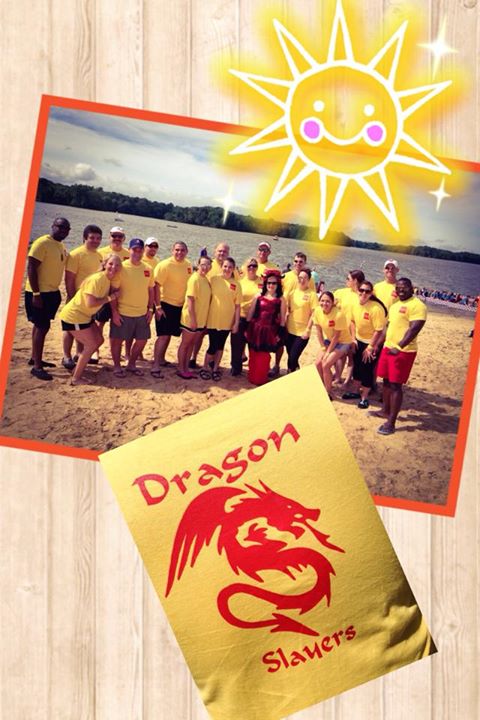So if you’re a SHRM member and/or volunteer leader, you probably saw the news yesterday that SHRM is no longer supporting the PHR and SPHR exams after 2014. Read on for how this impacts you, and for those considering a SHRM Learning System alternative, I have a recommendation for that as well at the end. Here’s the note that many of us received earlier this week:
Dear Volunteer Leaders,
As an important and valued member of the SHRM community, I am pleased to share some exciting news with you.  The Board of Directors of the Society for Human Resource Management (SHRM) has approved a plan to create a competency-based certification program for human resource professionals.
The new HR certification is based on the SHRM HR Competency Model, which consists of nine primary competency domains defined with behavioral proficiency standards across four professional levels — entry, middle, senior and executive. The new certification will be the first of its kind focused on teaching and the testing of this practical, real-life information that HR professionals need to excel in their careers.
“The differentiator for HR professionals will not be what you know, but what you can do with what you know,” said SHRM Board Chair Bette Francis. “SHRM has a responsibility to lead the profession towards a certification process that proves competencies. That will benefit the individual, the profession and employers by aligning HR with the changing demands of business.”
Over the last three years, SHRM had conducted and validated research on behavioral competencies and has developed its own competency model to serve as a foundational resource for all HR professionals. SHRM is currently working on a certification program that will create a testing regime and governance model to provide integrity to the exam process.
SHRM plans to offer the first exam for the new competency-based certification in mid-2015. However, to ensure that no applicants are disadvantaged by this transition, SHRM will continue to support the PHR and SPHR certifications programs through the December 2014 – January 2015 test window. Other exams will be supported through their last test window in 2014.
“We have been working towards this for several years and are taking steps to ensure a smooth transition for SHRM members and HR professionals,” said SHRM CEO and President Henry G. (Hank) Jackson. “We are creating a clear pathway for HR professionals who are already certified under knowledge-based credentials so they can move to the new SHRM competency-based certification. This certification will be relevant to all career levels, across all industries, and organizations around the world.”
I know you are as excited as I am about SHRM’s focus on competency-based certification and SHRM will be sharing updates with you about the new program in the coming weeks and at the Annual Conference.
Warmest regards,
Elissa C. O’Brien, SPHR
Vice President, Membership
SHRM
 Yeah, I had never
Yeah, I had never  That amazes me to hear that. Not that I don’t think it’s accurate–plenty of employers/employees have trust issues; however, I never would have guessed it was in the 50% range. Consider this: if you think someone is not being trustworthy (or “worthy of trust”), then how much effort are you going to give to help them succeed? Not much, I wouldn’t think.
That amazes me to hear that. Not that I don’t think it’s accurate–plenty of employers/employees have trust issues; however, I never would have guessed it was in the 50% range. Consider this: if you think someone is not being trustworthy (or “worthy of trust”), then how much effort are you going to give to help them succeed? Not much, I wouldn’t think.